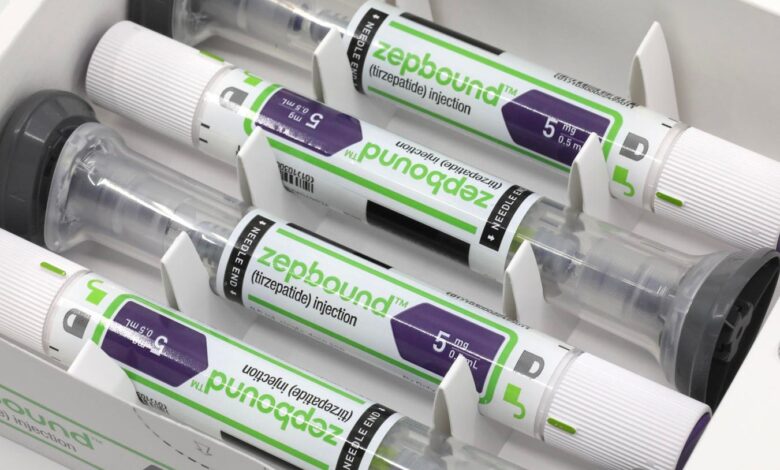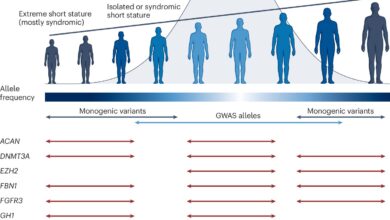What It Means For Patients, Payers, And Pharma

For patients, these shifts in the pharmaceutical landscape can mean uncertainty in access to medications that have been crucial for managing their health conditions. Changes in formulary coverage can disrupt established treatment plans and create financial burdens for those who rely on specific medications. The battle between pharmaceutical companies, PBMs, and other stakeholders ultimately impacts patient care and highlights the complexities of the healthcare system.
As the competition in the GLP-1 market intensifies, it remains to be seen how other PBMs and insurers will respond to the growing demand for weight loss and diabetes medications. Patients, clinicians, and industry observers will be closely watching how these dynamics play out and what it means for the future of access to innovative treatments.
Overall, the decision by CVS Caremark to drop Eli Lilly’s Zepbound from its formulary list is a reflection of the intricate negotiations and power dynamics within the pharmaceutical supply chain. Patients will continue to navigate these complexities as they seek the best and most affordable care for their health conditions.
In the ever-evolving landscape of healthcare, the success of direct-to-consumer channels could potentially lead to further disintermediation of traditional pharmacy benefit models, especially in the case of high-demand therapies like GLP-1s. This shift has the potential to revolutionize how patients access and receive essential medications, bypassing the complexities and inefficiencies of the current system.
The recent developments underscore the intricate web of rebates and incentives that dictate drug accessibility in the United States. Formulary decisions, often perceived as arbitrary by patients and healthcare providers, are in fact strategic maneuvers within a profit-centric and fiercely competitive supply chain. The emergence of GLP-1s has intensified these dynamics, prompting a flurry of activity among manufacturers, payers, and pharmacy benefit managers (PBMs) as they vie for supremacy.
Amidst this power play, it is the patient who ultimately bears the brunt of these machinations. Caught in the crossfire of conflicting interests, patients are often left grappling with uncertainty and frustration when it comes to accessing vital medications. The convoluted process of navigating formularies and insurance coverage only serves to compound the challenges faced by individuals in need of GLP-1 therapies.
As the healthcare industry continues to grapple with these complexities, it is imperative that stakeholders prioritize patient-centric solutions that streamline access to essential medications. Direct-to-consumer channels offer a promising alternative that could potentially circumvent the barriers imposed by traditional pharmacy benefit models. By empowering patients to directly obtain their medications, this approach has the potential to enhance convenience, transparency, and overall healthcare outcomes.
In conclusion, the shifting landscape of healthcare necessitates a reevaluation of existing paradigms and a commitment to prioritizing patient needs above all else. The rise of GLP-1s serves as a poignant reminder of the urgent need for reform within the pharmaceutical supply chain. By embracing innovative solutions and fostering collaboration among key players, we can pave the way for a more patient-centric and efficient healthcare system.





